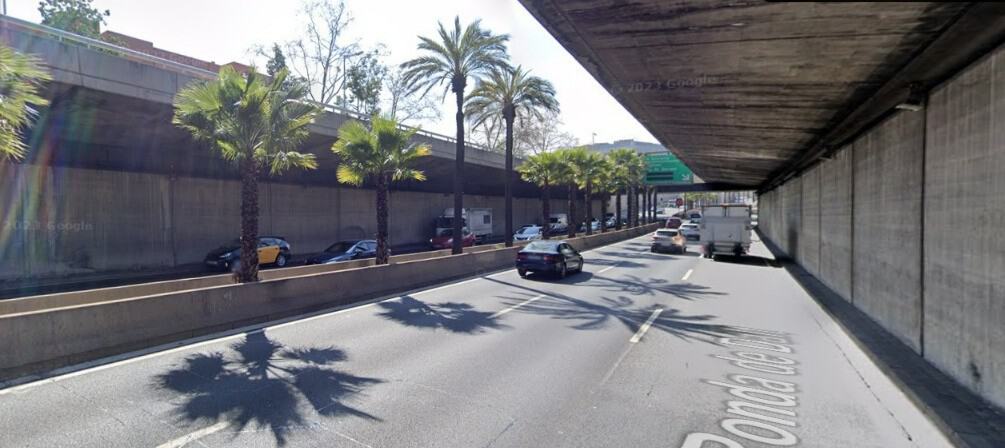The works to cover the stretch of Ronda de Dalt between IES Vall d’Hebron and Vallcarca Avenue, in the neighborhoods of Sant Genís dels Agudells and La Teixonera, will start next summer. This transformative initiative, which has been long awaited, will mark a milestone in Barcelona’s urban mobility.
 Approval of the executive project: a step closer to reality
Approval of the executive project: a step closer to reality
The Barcelona City Council’s Ecology and Urban Planning Plenary met this Tuesday to approve the executive project, an important step towards the materialization of this ambitious project. Once the green light is given by the city council, construction will begin in the second quarter of 2024.
An essential stretch of 340 meters
The 340-meter stretch to be covered joins the existing ones between Avinguda del Jordà and Vall d’Hebron high school, adding a total of 540 meters of public space gained to the Ronda de Dalt. This project is not only about “plugging” a road with a high capacity for environmental and acoustic pollution, but also about “connecting neighborhoods”.
Closing an architectural wound
The Horta-Guinardó alderman, Lluís Rabell, emphasizes that this initiative partially closes “an open architectural wound” in many of the neighborhoods crossed by this high-capacity road in the city. He further stresses that this coverage is the “fair return” deserved by neighborhoods that have been making “a sacrifice for the mobility of the city.”
 Repaying a historical debt
Repaying a historical debt
The 340 meters of slab that will be covered are a way to repay a “historical debt” that the city of Barcelona has with these neighborhoods. This initiative is a sign of commitment to improve the quality of life of residents in the area.
Budget and project milestones
The budget for the covering project amounts to 40 million euros, with 30 million euros to be executed in this term of office and the remaining 10 million euros in the next term of office for the urbanization works of the resulting surface, ventilation and signaling of the tunnel, which will be slightly more than half a kilometer long.
*Construction and deadlines
Work will begin with the construction of six necessary emergency exits and a central T-shaped wall that will support the covering slab. This work will last until 2026. Then, the placement of the different pieces that will form the covering slab will begin, which is expected to be completed in 2027.
Participatory process and urbanization
During the execution of the works, a participatory process will be carried out to define the urbanization of the public space that will remain on the new section of the Ronda already covered. Between 2027 and 2028, the final urbanization of the surface will be carried out, together with all the tunnel signage.
Effects on traffic and mobility
The specific effects on subway traffic on the Ronda and on surface mobility on the sides will be determined once the execution project is definitively outlined in April or May of next year, according to Lluís Rabell, shortly before work begins.
Community involvement
At the press conference, some neighbors of the area to be covered expressed their views on the duration of the works and asked for a greater participation in the final urbanization of the surface. The La Teixonera Neighborhood Association advocated for the community’s voice to be taken into account in this transformative project.
A promising start
Lluís Rabell, the alderman of Horta-Guinardó, reaffirmed that this section is only “a first concretion” of the agreement between the political forces of the consistory to cover the Ronda de Dalt and assured that “we have started and we are not going to stop”.
A future of continuous improvement
The alderman also confirmed that while this project is being executed, the conditions for drafting the executive projects for other sections of the Ronda will be discussed, moving towards phases 3 and 4 of the coverage. The future of mobility in Barcelona looks brighter than ever.



